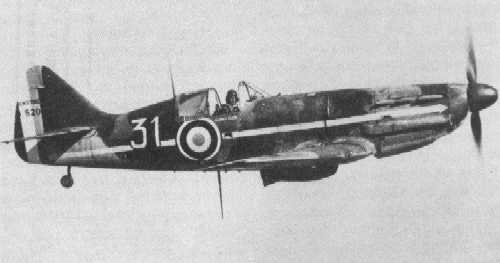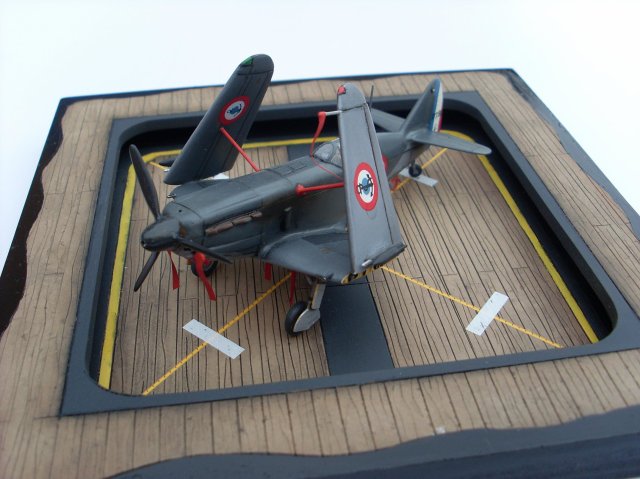Once again the subject of German carriers has reared its ugly head, which set me to thinking. Was there a single engine fighter in World War 2 that would have been less suited to carrier operations than the Bf109T?
It suffered from:
So, was there a worse option amongst the panoply of WW2 single engined fighters?

It suffered from:
- weak undercarriage
- ground handling issues due to the splayed legs and toe in on the wheels
- appalling visibility from the cockpit due to the heavy framing of the canopy and the fact that it was impossible to open the canopy in flight.
- short legs it inherited from the 109E. It had a range of just over 400 miles on internal fuel, with no allowance for combat
So, was there a worse option amongst the panoply of WW2 single engined fighters?




